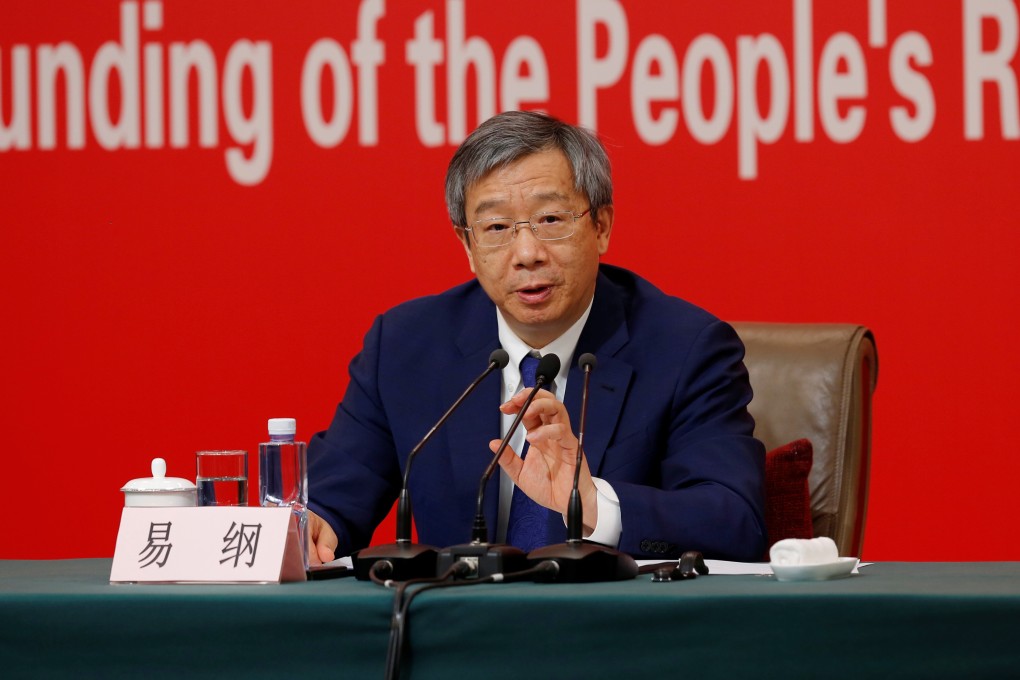China in no rush to follow global interest rate cuts, central bank governor says
- People’s Bank of China (PBOC) chief Yi Gang says Chinese economic conditions are in a ‘reasonable range’ meaning there is no need for major interest rate cuts
- The central bank has cut the reserve ratio requirement three times this year but growth has continued to slow

China is in no rush to follow the interest rate cuts enacted by a number of global central banks in recent weeks despite sluggish domestic economic growth, central bank governor Yi Gang said on Tuesday.
“At present, there is downward pressure on the world economy. Everyone has recently seen China's economic data, and there are some downside risks. However, overall, based on our assessment, China’s economic conditions are still in a reasonable range,” People’s Bank of China (PBOC) chief Yi said in Beijing.
“We are not in a rush to ease like other central banks, [which are] cutting interest rates or [engaging in] quantitative easing. China’s monetary policy will remain prudent and consistent.”
We are not in a rush to ease like other central banks, [which are] cutting interest rates or [engaging in] quantitative easing. China’s monetary policy will remain prudent and consistent
Yi reiterated that China will not resort to “flood-like” economic stimulus to support the economy, as it did a decade ago in response to the global financial crisis.
“If you want to look at the world, including the monetary policies of developed countries such as the United States, Europe and Japan in the next few years, I have a prediction. That is, looking forward a few years, which particular country, which major economy is maintaining a normal monetary policy and that such an economy will be the highlight of the global economy and will be envied by other markets,” he added.